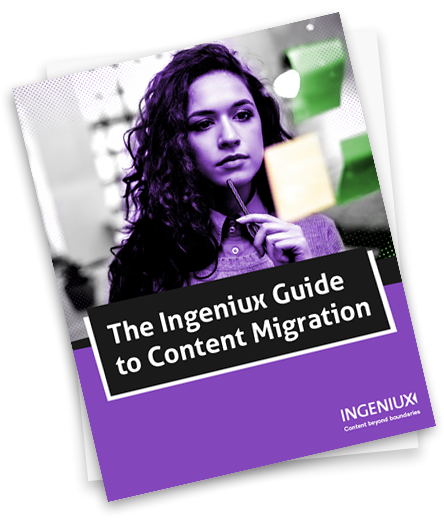Define a Content Strategy
With a content inventory completed, you can move on to the next step, defining a content strategy.
When you design a new website, you aren't likely to move your current home page or main level section pages. These web pages are typically redesigned from scratch to create a new experience. Part of the content strategy is to define the new pages to create and any templates these pages map to.
It's the third level pages where the meat of your content is located that you need to migrate. This includes content such as news, blogs, knowledge-base and technical support content, and other similar content.
For this content, you define a content strategy that lays out the content types, and associated metadata and how it will be used to display content on your website.
In some cases, your metadata strategy, such as taxonomy tagging and SEO, is set up separately from your page model. In other cases, the page model defines the metadata strategy. You may also use both approaches at the same time for different purposes.
A content architect is an important role in helping define the best content strategy for your organization. The content architect reviews the content you have and the content you need to create and recommends the best way to structure it so you can reuse it in a variety of ways, across channels and devices.
A content model defines the core structure of the content items including content types, topics, and metadata. It also defines any workflow or governance rules around that content and the business rules that define how you assemble the content.
The content architect also defines the page model for the new CMS and often plays a key role in the selection of the best CMS to support the content model.






